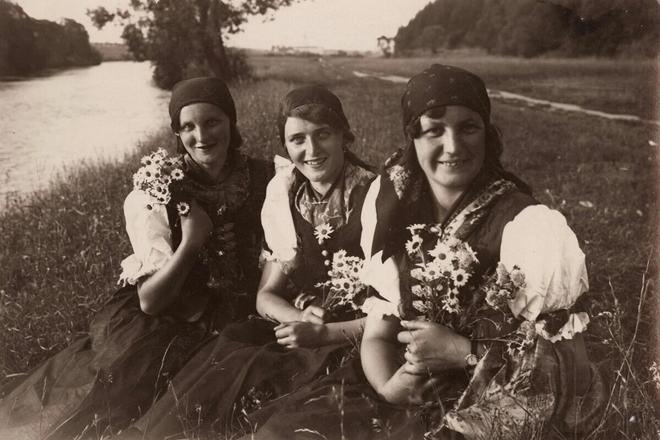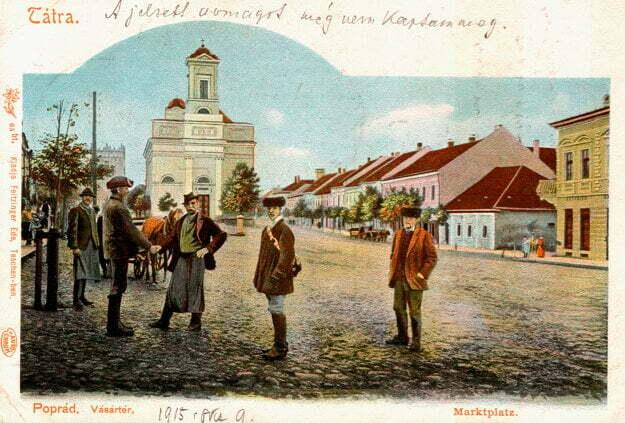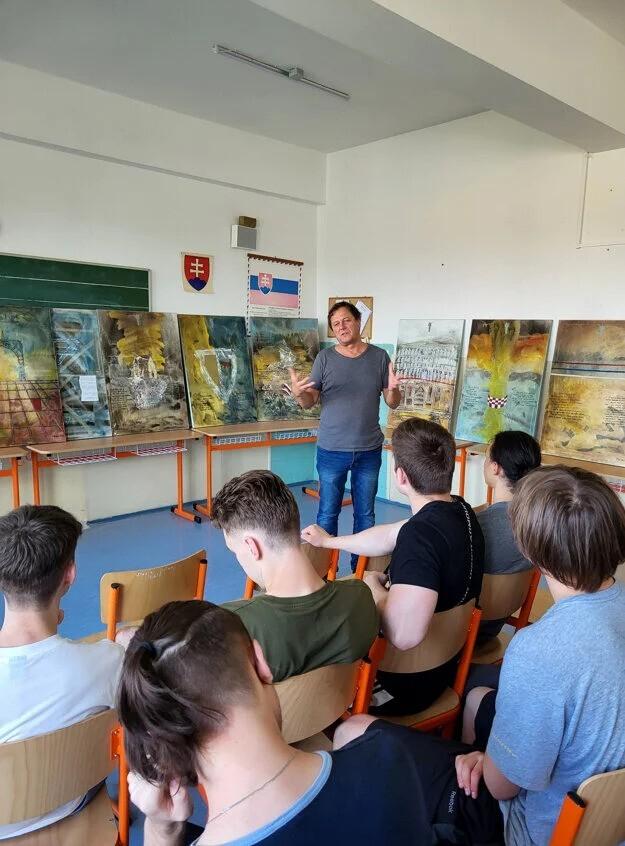"In history classes, you are taught everything chronologically. I do it the other way around. Don't expect dates from me. Let's start differently. What annoys you the most?"
The beginning of the lesson at the hotel academy in Horný Smokovec in the High Tatras is atypical. First and second years ponder the question, then say they are annoyed by the current point in history: politicians. A girl with a piercing on her face hates being criticised by people who don't know her at all.
"Individuals and entire communities can annoy you. All it takes is a crook who takes advantage and creates a massacre. Then comes vengeance, then further bloodshed," says the lecturer. This has repeated several times in the Spiš region, eastern Slovakia, where the lecture is taking place.
It is not a regular lesson in the curriculum, nor is a teacher conducting it. However, questions like this help to uncover why Spiš is the way it is.
What the hell was that supposed to mean?
"I was born in Levoča, but I lived most of my life in Košice. After the death of my parents 20 years ago, I decided to return to my birthplace. The experiences I had were strange, even unpleasant. I wasn't ready for that: unwelcoming people, rather suspicious of what I was, what I was up to, why did I come because nobody comes here, people only leave; people arrogantly cutting the line at filling stations and stores; mutual animosity, the absence of tolerance. I thought to myself, what the hell is that supposed to mean? Someone poured concrete into a hole in the yard of a house in the historic centre so that they could get to their garage. It didn't matter that the hole was a mediaeval well. Another put plastic windows on a Gothic house. I didn't understand it. Then I read a short article by a retired local teacher about how many of the original inhabitants of Levoča had to leave," Miroslav Pollák, a human rights activist, tells the students.
Now he is showing them paintings by the artist Fero Guldan depicting the various forms of violence that people have inflicted on each other in Spiš over the last 100 years.
Some time ago, he founded the Krásny (Beautiful) Spiš civic association, through which he publishes books about the region and organises talks and lectures. The informal lesson combining history, civics and art education is not the only one that he has prepared for students of the region.
He then asks them if they know what an exodus is.
"It's an Old Testament expression about the mass migration of Israelites from Egypt through the desert. We can talk about exoduses, removals, expulsions, deportations, it always means a departure, an involuntary, forced one," he explains.
That's crazy
The unusual lesson teaches the fifteen-year-old students - future adults - something many of them had no idea about, nor that they have ever heard of. There was no one to tell them.

 Three young women in German costumes with flowers from the vicinity of Veľká Lomnica in a photo by German professor Alfred Grosz. (source: Kežmarok Museum - Slovakiana)
Three young women in German costumes with flowers from the vicinity of Veľká Lomnica in a photo by German professor Alfred Grosz. (source: Kežmarok Museum - Slovakiana)
 During the centuries, Poprad, called Deutschendorf in German, was one of the towns in Spiš with the largest share of Germans. (source: Spiš Archives in Levoča)
During the centuries, Poprad, called Deutschendorf in German, was one of the towns in Spiš with the largest share of Germans. (source: Spiš Archives in Levoča)
 Miroslav Pollák in a classroom. (source: Courtesy of M. P.)
Miroslav Pollák in a classroom. (source: Courtesy of M. P.)